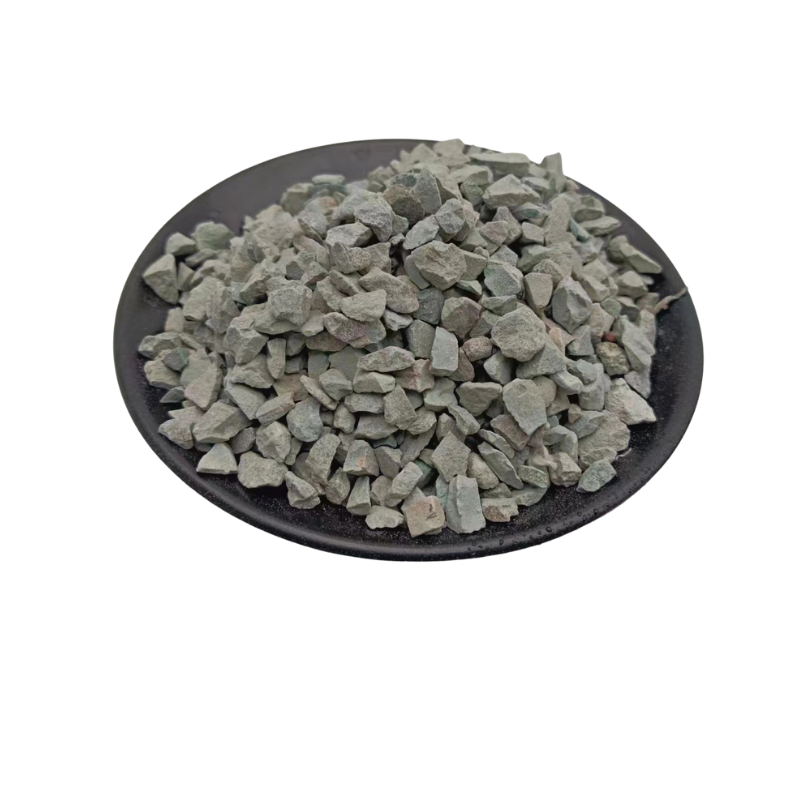
Ceramsite Production Plant for High-Quality Lightweight Aggregate Manufacturing
The Rise of Ceramsite Factories Revolutionizing Construction and Beyond
In recent years, the construction industry has been increasingly turning to innovative materials to enhance efficiency and sustainability. Among these materials, ceramsite has emerged as a vital component, prompting a boom in ceramsite factories worldwide. Ceramsite, also known as lightweight aggregate, is produced by sintering clay or shale and is used in various applications, particularly in the construction sector due to its lightweight and insulating properties.
The Rise of Ceramsite Factories Revolutionizing Construction and Beyond
One of the most significant advantages of using ceramsite in construction is its lightweight nature. Traditional construction materials, such as concrete and brick, can be burdensome, increasing the overall weight of structures and, consequently, the foundational requirements. In contrast, ceramsite allows builders to reduce the weight of buildings, leading to lower construction costs, enhanced structural efficiency, and reduced energy consumption during transportation. This lightweight aggregate is invaluable in high-rise buildings and projects situated in earthquake-prone areas, where reduced weight can significantly increase safety and stability.
ceramsite factory

Moreover, ceramsite demonstrates excellent thermal insulation properties, making it an environmentally friendly choice for energy-efficient building designs. Structures incorporating ceramsite can maintain comfortable indoor temperatures, reducing the need for heating and cooling systems. This not only benefits the environment by lowering energy consumption but also provides long-term savings for building owners. As concerns about climate change and energy conservation continue to grow, the demand for sustainable materials like ceramsite is expected to surge.
Furthermore, ceramsite is not limited to traditional construction applications; its versatility extends to other areas such as horticulture and sewage treatment. In horticulture, ceramsite can improve soil aeration and drainage, contributing to healthier plant growth. In sewage treatment, ceramsite is used as a lightweight filter medium, enhancing the removal of pollutants in wastewater processes. These diverse applications highlight the material's potential to contribute to various industries while promoting sustainability.
As the demand for ceramsite continues to grow, ceramsite factories play a pivotal role in meeting the needs of modern construction and beyond. The expansion of these facilities not only leads to job creation but also fosters economic development in the regions where they operate. More importantly, the production of ceramsite aligns with global sustainability goals, offering a greener alternative to traditional construction materials.
In conclusion, ceramsite factories represent an exciting development in the construction material industry. By producing lightweight, durable, and environmentally friendly aggregates, they are revolutionizing building practices and paving the way for a more sustainable future. As the world continues to seek innovative solutions to pressing environmental challenges, ceramsite and its manufacturing industries are well-positioned to play a significant role in shaping the landscape of modern construction.
Share
-
Premium Resin Coated Sand - High Heat Resistance CastingNewsJul.31,2025
-
High Quality Silicon Carbide Grit for Abrasive ApplicationsNewsJul.30,2025
-
High-Quality Ceramsite for Plants & Gardening | Lightweight PebblesNewsJul.29,2025
-
Premium Burgundy Glass Marbles for Vases & Shooter GamesNewsJul.29,2025
-
High Purity Quartz Sand for Industrial and Ground ApplicationsNewsJul.29,2025
-
High-Quality Barite Powder for Drilling & Industrial UseNewsJul.29,2025






